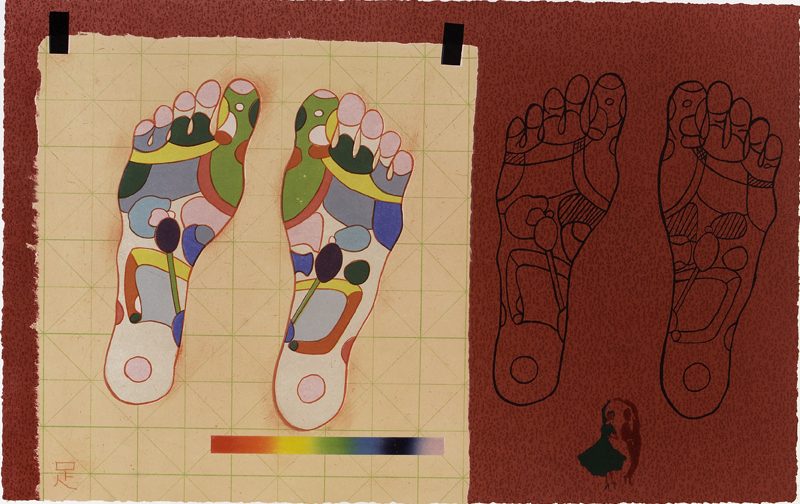Thought that members of the Health Archives and Records Group might like to know about our current exhibition, Healing Through Kindness, which commemorates the centenary of the founding of the Royal Masonic Hospital. For further details see: http://freemasonry.london.museum/event/exhibition-healing-through-kindness/
The exhibition will be open Monday to Friday 10am until 5pm until 7 April 2017.
Opened as a hospital for war casualties in 1916, it was conceived originally as a hospital for freemasons in 1911. The First World War led to a change it plans and the freemasons offered to run the facility for the War Office if that government body found it suitable premises. The former Chelsea Hospital for Women was secured and the freemasons met all the running costs for the Freemasons’ War Hospital at 237 Fulham Road, Chelsea. It proved so successful that a second hospital was established at Fulham Palace in 1917 and a convalescent facility in Caversham, Berks as well.
After hostilities ceased the Hospital re-opened as the Freemasons Hospital and Nursing Home in 1920 and treated freemasons, their wives and children. This was before the formation of the National Health Service, when private nursing or hospital admittance was expensive for those on average incomes but public charitable hospitals offered limited, basic care.
Funds to maintain and finance the Hospital were raised by members and it proved so successful that a new, purpose-built Hospital with over 200 beds was opened in premises at Ravenscourt Park, Hammersmith in 1933. Opened by King George V and Queen Mary, the new building was known as The Royal Masonic Hospital.
The Wakefield Wing opened in 1958 with new operating theatres, wards and a nurse training school. Nurse training began in 1948 in the hospital basement until the purpose-built school and nurses home opened. Nurses who qualified at the Hospital wore a special silver belt buckle and were well-regarded within medical circles for their expertise and training. The Percy Still Wing, named after one of the founders of the Hospital, opened in 1976, providing state of the art operating theatres and a new pathology laboratory.
Freemasons contributed to care according to their means or was funded by the Hospital charitable funds. By the 1980s the Hospital accepted non-Masonic private patients as freemasons explored private medical treatment locally or chose NHS treatment. A series of Masonic reports recommended closure of the Hospital and support of local treatment for members requiring medical care. Despite these recommendations, the Hospital remained a popular cause among members and the Hospital continued to offer innovative services, such as Neurolinguistic Therapy and a private IVF Unit run by Robert Winston and Raul Magara during the 1980s-1990s. However, rising medical and service costs led to the closure of the Hospital in 1996.
The exhibition draws on the archives of the Royal Masonic Hospital which are now catalogued to item level, with details included in our on-line catalogue, reference: GBR 1991 RMH – see http://freemasonry.london.museum/catalogue16.php




